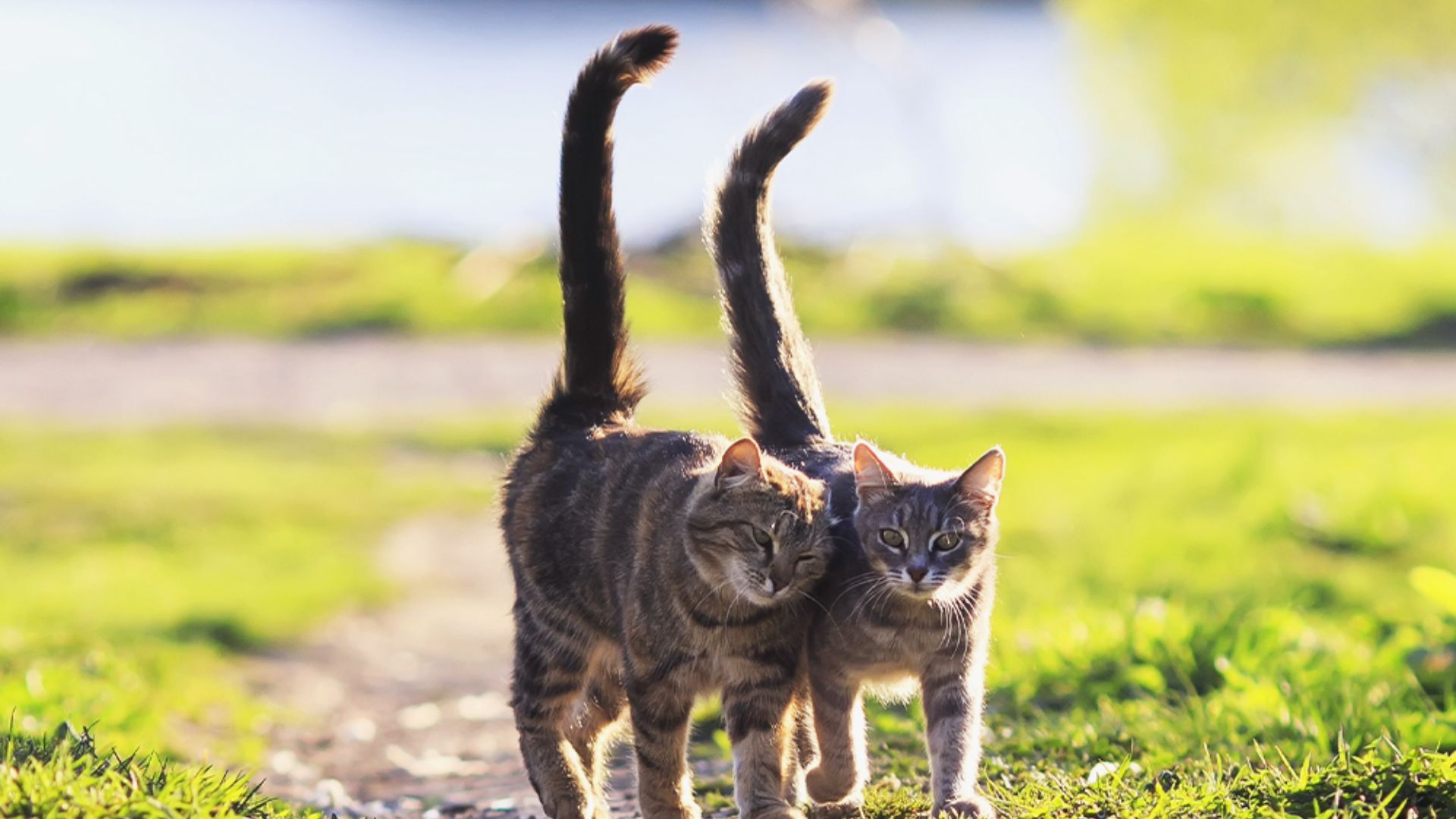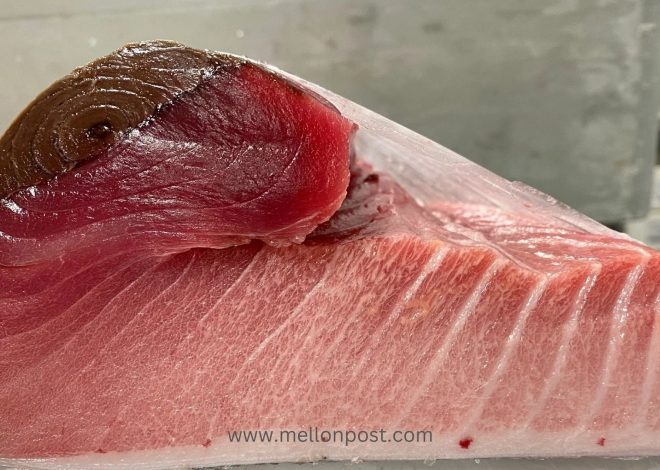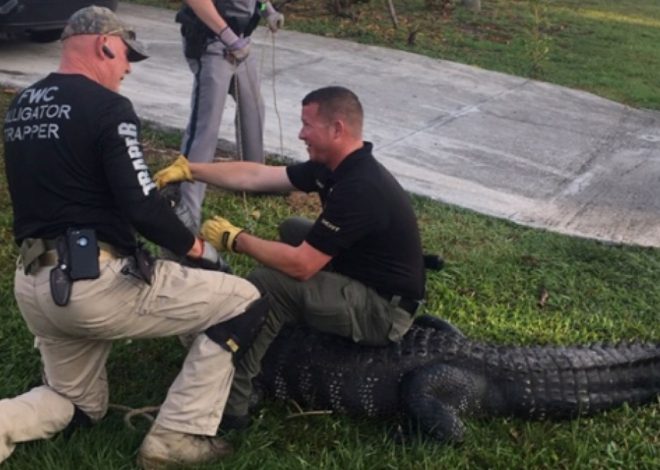
Why do cats wag their tails ?
Cats wag their tails as a means of communication, expressing a range of emotions and intentions. The tail movements of cats can convey various messages, indicating their mood, feelings, and desires. Here are some reasons why cats wag their tails:
1. Happiness and Contentment: Cats may wag their tails when they are happy, content, or pleased. A slow and calm tail wag, with the tail held high, signals confidence and contentment, often seen when they are greeting you or enjoying attention.
2. Unhappiness and Irritation: When a cat’s tail is held low and stiff, with a flick at the end or a thump on the ground, it can indicate irritation or anger. This body language suggests that the cat is annoyed or over-stimulated and may want to be left alone.
3. Playfulness: Cats may wag their tails when they are in a playful mood. Tail swishing during play, whether with toys, other animals, or during hunting-like behaviour, indicates a friendly and playful interaction.
4. Affection: Cats can show affection by wagging and wrapping their tails around you. This gentle tail movement, often accompanied by a purr, signifies that the cat feels secure and is expressing love and affection towards you.
5. Fear and Threat: When a cat wags its tail while fluffing it out to appear larger, it is a sign of feeling threatened. This defensive behaviour is aimed at scaring off potential predators by making the cat appear larger and more intimidating.
6. Dreaming: Cats may wag or thump their tails while sleeping, indicating that they are likely dreaming. This tail movement during sleep suggests that the cat is processing their daily experiences, such as hunting, eating, or interactions with their human family.
In summary, cats wag their tails as a form of non-verbal communication, conveying a wide range of emotions and intentions, from happiness and playfulness to fear and affection. Understanding these tail movements can help cat owners interpret their feline companions’ feelings and respond appropriately to their needs.
How cats’ tails differ in different breeds
Cats’ tails differ in various ways across different breeds, showcasing a wide range of lengths, shapes, and characteristics. Here are some key differences in cat tails among different breeds based on the provided sources:
1. Tail Length: Some cats have long tails relative to their body length, like the Maine Coon and Norwegian Forest Cat, while others have shorter tails, such as the Kurilian Bobtail and Mekong Bobtail.
2. Tail Texture: Cats can have fluffy tails covered with long hair, like the Himalayan and Birman, or shorthaired tails, like the Persian and Turkish Angora.
3. Tail Shape: Tail shapes vary among breeds, with some cats having ringed tails that form a ring towards their back, like the American Ringtail, while others may have kinked tails, like the Burmese and Siamese.
4. Tail Mutations: Certain breeds exhibit unique tail mutations, such as bobbed tails that resemble a rabbit’s tail, seen in the Japanese Bobtail and American Bobtail, or curly tails found in the Russian Blue and Bengal.
5. Taillessness: Some cat breeds are known for being tailless, like the Manx and Cymric, while others may have very short tails, such as the Highlander and Pixiebob.
Overall, the diversity in cat tail characteristics across different breeds reflects the genetic variations and selective breeding that have shaped these feline companions into the unique and fascinating creatures they are today.
Some other body language cues that cats use to communicate
Cats communicate using various body language cues, including:
1. Tail Movement: The position and movement of a cat’s tail can indicate their emotional state. An upright tail with a slight curve at the end signifies confidence and contentment, while a puffed-up tail accompanied by an arched back indicates fear or agitation. A rapidly twitching tail can denote excitement or irritation.
2. Ear Position: A cat’s ears can reveal much about their feelings. Ears facing forward typically indicate a relaxed and content cat, while slightly flattened ears might signal mild discomfort or uncertainty. Ears pressed flat against the head clearly indicate fear or aggression, and rapidly twitching ears can showcase irritation or alertness.
3. Eye Expression: Cats’ eyes offer a glimpse into their emotional world, reflecting a broad spectrum of feelings. Slow blinking, also known as “cat kisses,” is a sign of trust and affection. Dilated pupils can indicate excitement, fear, or aggression, while narrowed pupils suggest contentment or focus.
4. Posture: A relaxed and comfortable cat may lie down with their limbs and tail stretched out away from their body. A fearful or aggressive cat may arch their back, fluff up their fur, and adopt a defensive posture.
5. Facial Cues: While cats have fewer facial muscles than dogs, they still use facial expressions to communicate. A relaxed cat may have half-closed eyes, while a scared or aggressive cat may have wide-open eyes and a tense expression.
6. Purring: While purring is often associated with happiness, cats can also purr when they are in pain or stressed. It is essential to consider the context and the cat’s overall body language when interpreting purring.
Understanding cat body language is crucial for interpreting their emotions and needs, which will make you a better cat parent and advocate for their well-being.


